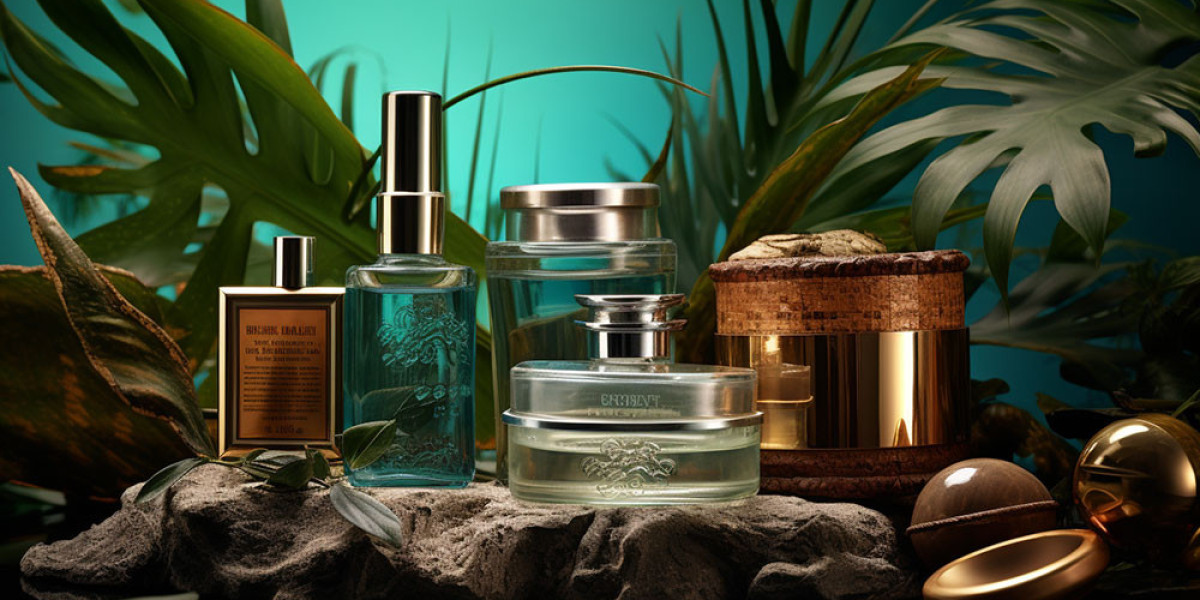Venturing into e-commerce or just highlighting your offerings? Product photography takes center stage. Yet, truly encapsulating a product goes beyond a simple click. Shifting from novice shots to polished, professional images demands a mix of skill, perseverance, and vision. Dive with us into the intricacies of exceptional product photography and discover how to bring your products to life.
Start with the Right Equipment
First and foremost, invest in a good camera. While smartphones these days boast impressive camera specs, nothing beats the depth and detail of a DSLR or mirrorless camera. Additionally, don't forget about the lenses. A macro lens, for instance, is ideal for capturing tiny details up close.
Lighting is Key
One factor that significantly enhances your photographs is lighting. Natural illumination can be magical, particularly for those starting out. Place your product close to a window, steering clear of direct sunlight to prevent stark shadows. For a more tailored lighting approach, think about using softbox lights. These evenly spread light, guaranteeing your product shines brightly without those pesky, unintended shadows.
Backgrounds Matter
Steer clear of busy or distracting backgrounds. Instead, opt for neutral tones that accentuate your product. White is often the go-to, but dont be afraid to experiment with other muted tones or even gradients. Remember, the product is the star; the background should only complement it.
Play with Angles
Seeing a product from multiple angles gives potential buyers a comprehensive view. Start with the standard front-on shot. Then, explore from the side, top-down, and even close-up angles. This variety not only showcases the product's features but also adds depth to your product listings.
Prioritize Sharpness
A blurry product image is a surefire way to lose a customer's interest. To ensure crisp shots, use a tripod. It stabilizes your camera, eliminating those minute shakes that can blur an image. Additionally, get familiar with your camera's focus settings. Play with manual focus to zero in on specific product details.
Post-Processing Polish
Even the best shots benefit from a touch of editing. Softwares like Adobe Lightroom or Photoshop come in handy. Boost brightness, adjust contrasts, or crop out unnecessary elements. However, remember to keep edits minimal. Over-processing can make the product look unrealistic.
Consistency Counts
If youre shooting multiple products for a single platform or store, maintain a consistent style. Whether it's the background, lighting, or the angle, uniformity in presentation makes your brand look more professional and cohesive.
Infuse Personality with Lifestyle Shots
Move past the usual white-background photos and incorporate lifestyle shots. These capture your product in everyday settings or in use by individuals. Such imagery doesn't just highlight the product's functionality but also aids prospective customers in imagining its application in their lives.
Iterate and Evolve
Lastly, never stop learning. Photography, like all art forms, evolves. Keep experimenting with new techniques, styles, and equipment. Seek feedback, be it from peers, mentors, or even your audience. Their insights could offer new perspectives or spotlight areas for improvement.
Wrapping Up
Product photography, at its heart, is about storytelling. Each shot should communicate the product's essence, its value, and its appeal. By paying heed to details like lighting, backgrounds, and angles, you're not merely taking photos; you're crafting a visual narrative. With patience and practice, your products won't just be seenthey'll be remembered. So, grab your camera, set the stage, and let your products shine in the best light.







